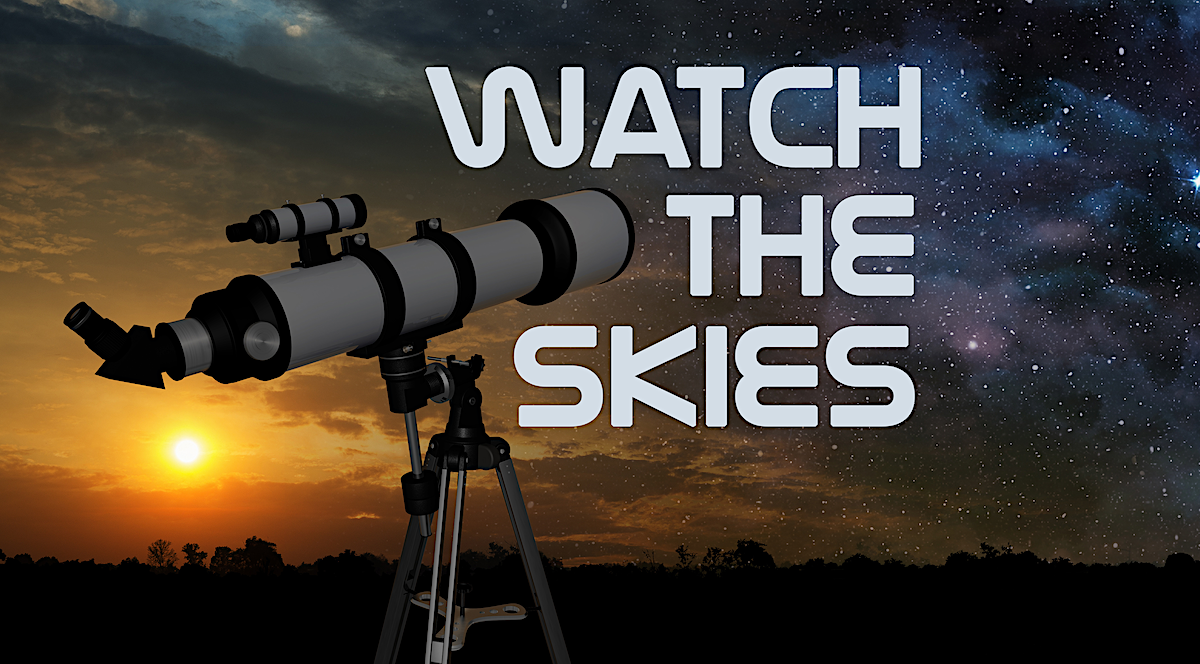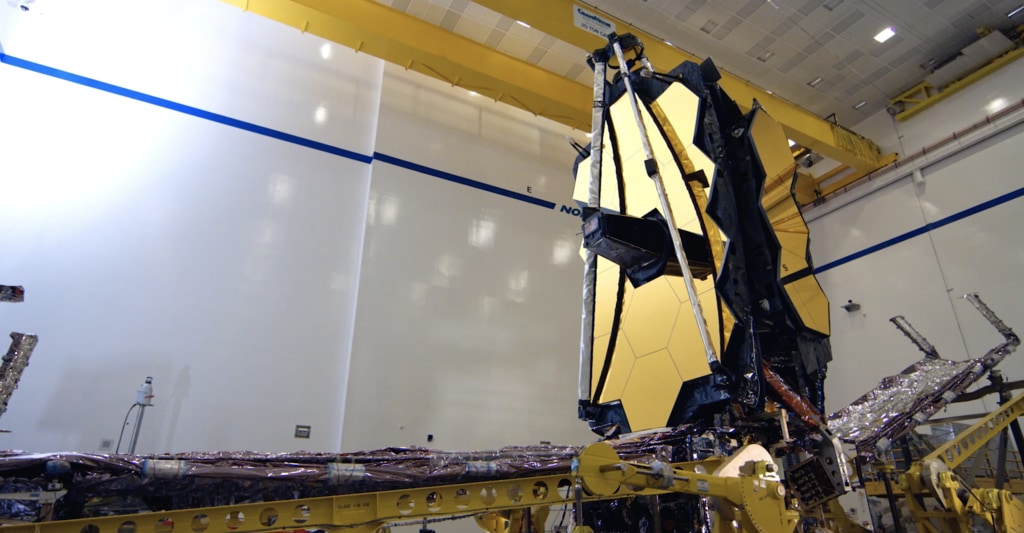
A historic mission launched early on December 25th, giving astronomers around the world a Christmas present 25 years in the making.
The first plans to develop a large space telescope to replace the Hubble Space Telescope began in 1996. It was initially called the Next Generation Space Telescope (NGST) but was later named after James Webb, the administrator of NASA from 1961-1968. Webb was instrumental in the success of the Apollo programs that took men to the moon.

When the development of this telescope began, scientists quickly realized that very little of the technology they wished to use existed yet. Webb was planned to study the cosmos in the infrared range of light, a range not visible to the human eye. This is a different set of light than the Hubble is able to see, and will allow Webb to more easily see through thick dust and gas clouds and study the oldest galaxies and stars. This requires the telescope to operate at extremely cold temperatures to minimize noise, and was a large problem scientists had to overcome. How do you keep a huge telescope cold enough deep in space?

From a size perspective the JWST is significantly larger than Hubble. The mirror alone is nearly 3 times as large with a diameter of roughly 21 feet vs Hubble’s 8. The telescope as a whole is nothing short of gigantic. At 69.5ft by 46.5ft the sunshield is roughly the size of a tennis court. The problem, as you might imagine, comes in finding a way to launch a tennis court sized object into space? This was another huge problem that had to be overcome. How do you launch such a large satellite into space, much less a high precision instrument such as a telescope that has to operate at extremely cold temperatures?

Many technologies were developed to keep it cold, from cryocoolers to lightweight mirrors this telescope is nothing short of an engineering masterpiece. And to top it off the whole thing had to fold up to fit into a modern rocket: the Arianne 5. It rode this rocket into orbit on December 25th and successfully began the trip to its final home: the L2 point. What’s that? Well the L2 point is the Lagrange-2 point, a point in space near the Earth where the gravitational pull between the Earth and Sun even out, giving a net gravitational pull of zero. Webb will “orbit” this point as it carries out its science mission. This allows it to observe all the time, a huge difference from the Hubble which orbits Earth and can only see its target part of the time. A video of this orbit is below.
Other fun facts:
- The mirror is made of gold only 700 atoms thick!
- The telescope will operate at a temperature of roughly -370F
- The sunshield gives the telescope an SPF of 1,000,000. Much better than the lotion you can find at the store.
- The telescope is sensitive enough to detect a bumblebee at the distance the moon is from us.
- The wavelengths it will study in will allow it to see farther back in time than any telescope prior.
- Over 40,000,000 man hours went into the development and production of the telescope. This is the equivalent of 50 lifetimes of 90 years.
- Webb will observe the universe from a point roughly 1 million miles from the Earth!
This is an exciting time for astronomers, albeit a nail-biting one. The next 6 months will include many milestones as the telescope reaches its final observing point and begins the long process of unfolding to it’s full size. Once that happens, though, we are certain to see some incredible images from this epitome of engineering achievement.
Have a great week and, as always, watch the skies!






